Anyone have experience with sun blocking window films?
dominogold
17 years ago
Featured Answer
Sort by:Oldest
Comments (7)
rosemint
17 years agolast modified: 9 years agoRelated Professionals
63040 Window Contractors · Edmonds Window Contractors · Glen Burnie Window Contractors · Yeadon Window Contractors · Hilton Head Island Window Contractors · Kuna Window Contractors · Watsonville Window Contractors · Avon Lake General Contractors · Coronado General Contractors · Delhi General Contractors · Holly Hill General Contractors · Valle Vista General Contractors · Williamstown General Contractors · The Hammocks Carpenters · Westmont Carpentersguy_exterior_man
17 years agolast modified: 9 years agomikie_gw
17 years agolast modified: 9 years agorosemint
17 years agolast modified: 9 years agomikie_gw
17 years agolast modified: 9 years agov_trimble_yahoo_com
12 years agolast modified: 9 years ago
Related Stories
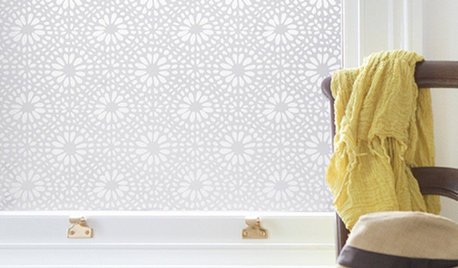
DECORATING GUIDESSolve Privacy Problems With Window Film
Let the light in and keep prying eyes out with an inexpensive and decorative window film you can apply yourself
Full Story
WINDOW TREATMENTSA Surefire Way to Prevent Sun Damage Indoors
Why let light ruin your furniture, floors and artwork, when the solution could be as simple as applying high-quality window film?
Full Story
LIFEThe Good House: An Experience to Remember
A home that enriches us is more than something we own. It invites meaningful experiences and connections
Full Story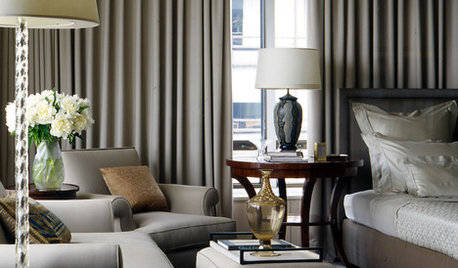
WINDOW TREATMENTSBedroom Window Treatments to Block the Light
Sleep tight with curtains, shades and more designed to keep out bright rays while letting stylishness in
Full Story
BEDROOMSThe Cure for Houzz Envy: Master Bedroom Touches Anyone Can Do
Make your bedroom a serene dream with easy moves that won’t give your bank account nightmares
Full Story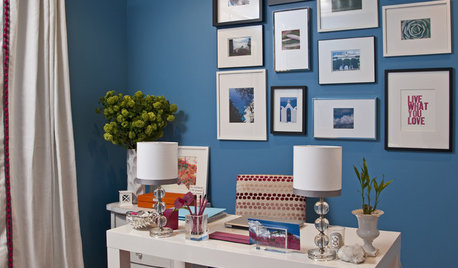
HOME OFFICESThe Cure for Houzz Envy: Home Office Touches Anyone Can Do
Borrow these modest design moves to make your workspace more inviting, organized and personal
Full Story
KITCHEN DESIGNThe Cure for Houzz Envy: Kitchen Touches Anyone Can Do
Take your kitchen up a notch even if it will never reach top-of-the-line, with these cheap and easy decorating ideas
Full Story
BUDGET DECORATINGThe Cure for Houzz Envy: Living Room Touches Anyone Can Do
Spiff up your living room with very little effort or expense, using ideas borrowed from covetable ones
Full Story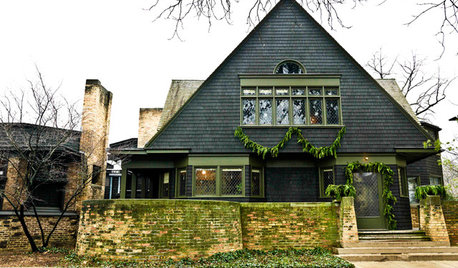
MOST POPULARExperience the Holidays at Frank Lloyd Wright's Home and Studio
Handmade decorations, greenery and gifts show how the famed architect and his family celebrated Christmas in their Oak Park home
Full Story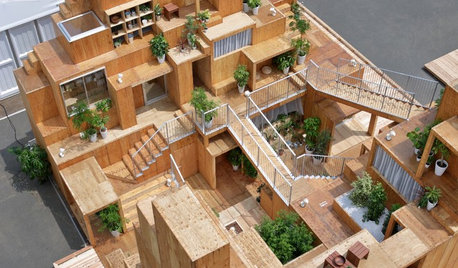
ARCHITECTUREWorld of Design: A Tokyo Exhibit Experiments With the Future of ‘Home’
Japan’s architects and housing industry explore new ideas for dwellings that respond to changes in society, tech and the natural world
Full StorySponsored
Columbus Design-Build, Kitchen & Bath Remodeling, Historic Renovations
More Discussions








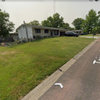
woodredwood